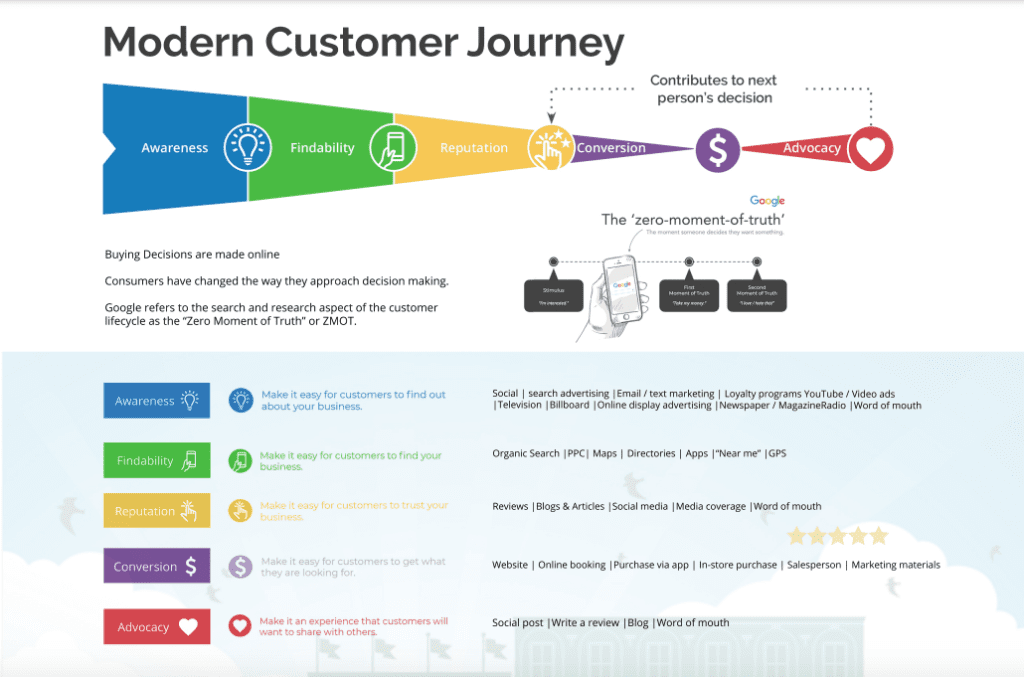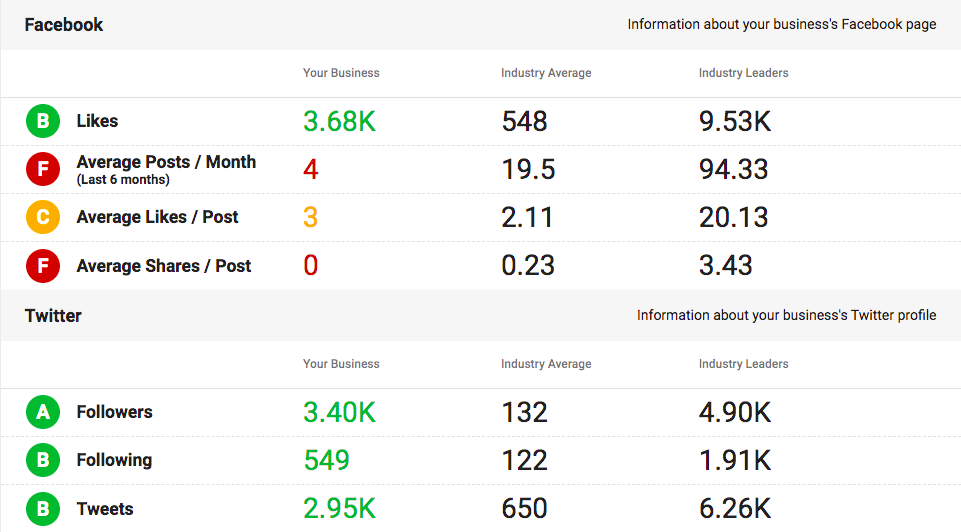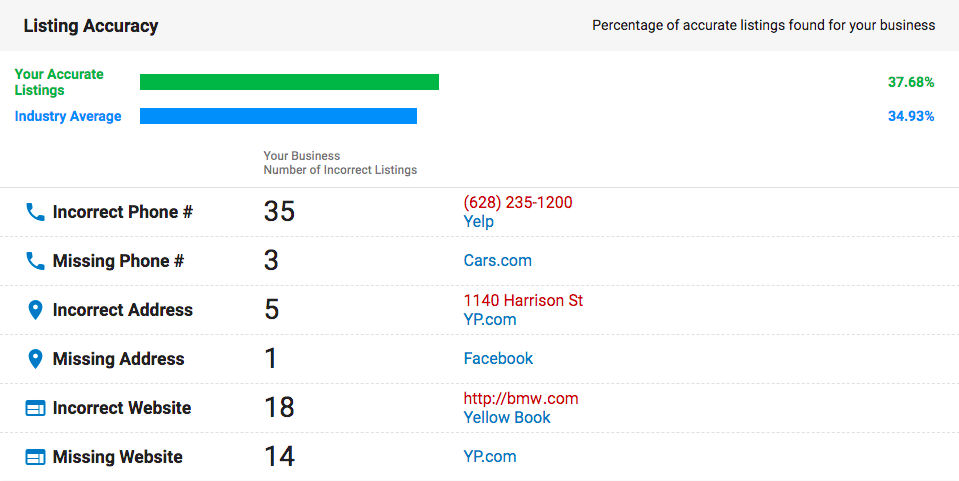The world of ecommerce in 2020 witnessed a growth explosion as consumers were forced to make the move online for their shopping needs. But many small businesses simply weren’t ready, as more than one-third of those in the United States didn’t have a website before this en masse shift to digital.
Ecommerce growth continues to surge as more services move online every day. COVID-19 was most certainly the catalyst to the surge and there is a massive opportunity for agencies and media companies to help businesses get online.
But ecommerce isn’t simply the idea of selling through a website. It also encompasses everything from online business listings and reviews to social media engagement and digital advertising.
What services should an ecommerce agency be offering to local business customers and what would convince them to jump into online retail if they haven’t already done so? Sales intelligence can be the answer to creating a compelling story that convinces your client to make the move. Analyzing and reviewing the online business performance of your clients helps them to visualize and see how they measure up and what steps they need to take to improve their online success.
Start analyzing your client’s online performance - Check out Snapshot Report
Where to begin with ecommerce
The best place to start is to frame ecommerce efforts within the context of the customer journey. This journey is composed of five key steps that take a prospect to becoming a customer and ultimately to brand advocate. Each step is critical to the success of an ecommerce business and applies the use of different digital solutions.
- Awareness - Are customers aware of your client’s business? Social media management and advertising are great ways to improve this.
- Findability - Can those customers find your client’s business online? Helping them ensure their listings are up-to-date with appropriate software helps.
- Reputation - How do current customers feel about your client? Good news is easily amplified with proper reputation management software.
- Conversion - Can customers convert using your client’s website? This is where an ecommerce solution comes into play.
- Advocacy - Are your clients able to turn those happy customers into brand advocates? Software that allows them to easily reach out to those customers is a great suggestion.
This framework ties your sales intelligence into a narrative that helps clients visualize the journey their customers must take and what they need to create for each step.
Does your customer have an ecommerce presence?
The first thing you need to do is check whether your client has an ecommerce website. While this step does come up later along the customer journey, it’s an important ask at the beginning as it can take time to build out an effective ecommerce website.
Three important factors to consider in an ecommerce website:
- Is there an online storefront? This is vital as customers need to have the ability to view the products/services they intend to purchase.
- Can they accept online payments? In addition to viewing a business’s offerings, providing the ability for them to pay online creates a seamless experience.
- Can they re-engage with potential customers who have visited their website? While this isn’t essential, it can improve conversion rates by allowing your client to follow up with site visitors, enticing them to return and complete their purchase.
The pandemic world has undeniably changed the way local businesses operate, and ecommerce will continue to grow. With more than 48.8 percent of consumers saying they would shop online more frequently even after the pandemic ends, it’s never been more important for local businesses to adopt ecommerce.
Are consumers aware of their business?
Once your client is able to conduct business online, the next step is to make consumers aware of their business. Without awareness, their site could be lost in a sea of ecommerce websites that are actively advertising and engaging with potential customers.
Social media is a great way to engage with customers and get them excited about your business, while digital advertising ensures you reach them no matter where they are.
Tips on how to create an effective story:
- Create urgency by showing how customers spend more time than ever online. Statistics work great here, such as this one that shows mobile device users in 2020 spent on average 143 minutes online each day, and that total is expected to increase to an average of 155 minutes in 2021.
- Highlight the fact that if they aren’t engaging with customers, their competitors definitely are. Emphasize this point by showing them a direct comparison of how their social media measures up against competing businesses.
- Finally, have them picture how much potential revenue they might lose from customers who might shift their loyalty to competitors.
Sales intelligence allows you to conduct this research efficiently while helping your clients visualize exactly how they’re winning or losing when it comes to awareness. By using data provided by these sales tools, you can tie social media performance back to your customer’s ecommerce initiatives and show them the results.
Can consumers find them online?
Once customers are aware of a local business, the next question to ask is whether it can be easily found online?
Online listing and SEO solutions ensure business information is correct across the internet while elevating a business’s rank within Google’s search results.
Tips on how to create an effective story:
- Start by having your clients visualize the way they currently search for products and services.
- Next, do a simple Google search and show the business how it actually appears online alongside competitors (it’s important to do this step in advance so there are no surprises).
- Explain that if consumers are actively searching for what your clients offer, it’s likely they are likely considering a purchase. Showing up online as much as possible helps to solidify the chances of being considered.
Sales intelligence tools provide lists that detail every spot where business information is listed. Breakdowns of search ranking can be highlighted as well as insight into what’s required to make improvements.
What do their customers think of them?
Research shows 91 percent of people trust online reviews as much as personal recommendations. That makes online reputations vitally important. While the strategy can depend on whether they have a large number of reviews or no reviews at all, it’s imperative to make it clear that this will have a significant impact on their success with ecommerce.
With the proper positioning, you can offer your clients a range of solutions that can assist with their specific needs. Offer them review management solutions so they can easily monitor and respond to reviews, or help them gather new reviews with software that helps them to engage with customers about their experience.
Tips on how to create an effective story:
- Start by asking clients some simple questions.
- How often is their business being talked about online and by whom?
- Do they know if what’s being said is positive or negative?
- Are they responding to reviews left by customers?
- These questions can help tailor the conversation on where the business needs to focus its efforts when it comes to this part of the customer journey.
- Understanding what’s being said about them online is crucial. If a customer started saying negative things about them on the street, would they let that continue or try to stop it? This could be happening online, and without knowing what’s being said, their reputation could be taking a hit.
- If they have numerous positive reviews, that’s a great start but are they doing anything to amplify those sentiments? Encourage them to boost those comments on their social channels, or ask new customers to share their positive experiences. Your clients can gain a huge advantage over the competition by continuously generating positive comments.
- If they have more negative reviews than positive ones, then mitigating the effect on their online reputation becomes a priority. Are they responding to those reviews? If not, why? Responding shows potential customers they’re listening, and they could potentially turn that unhappy customer into a happy one. Facing these negative comments head-on can help in building a positive reputation.
- Close the deal by showing them how they compare against their competitors’ online reputation, helping them to envision the impact it’s having on their business.
With effective sales intelligence, you can show them precisely how their online reputation is affecting their business. As reputation is a critical step in the customer journey, this gives you the ability to offer them products and services that help them manage this vital component of ecommerce.
Conclusion
By combining sales intelligence with the customer journey, you can create a compelling story for your clients that helps them visualize their online performance when it comes to ecommerce. This can be crucial during the sales process, as creating a narrative that revolves around the client can be the key to converting them into a paying client.
Having the proper sales intelligence tools not only helps cut down on the time-consuming process of client research but can lead to an increase in sales. As an agency, media company, or other trusted expert with Vendasta, you have access to a fully automated tool that can pull this sales intelligence for you, the Snapshot Report.
We’ve seen active users of our Snapshot Report with sales pipelines 18 times bigger than those who don’t fully utilize this sales intelligence tool. With ecommerce becoming a must need for any local business, there’s never been a better time to start adopting this tool into your sales process.
Not a partner yet? Give our Snapshot Report a try and start compiling in-depth intelligence on your clients today.


 By
By 



